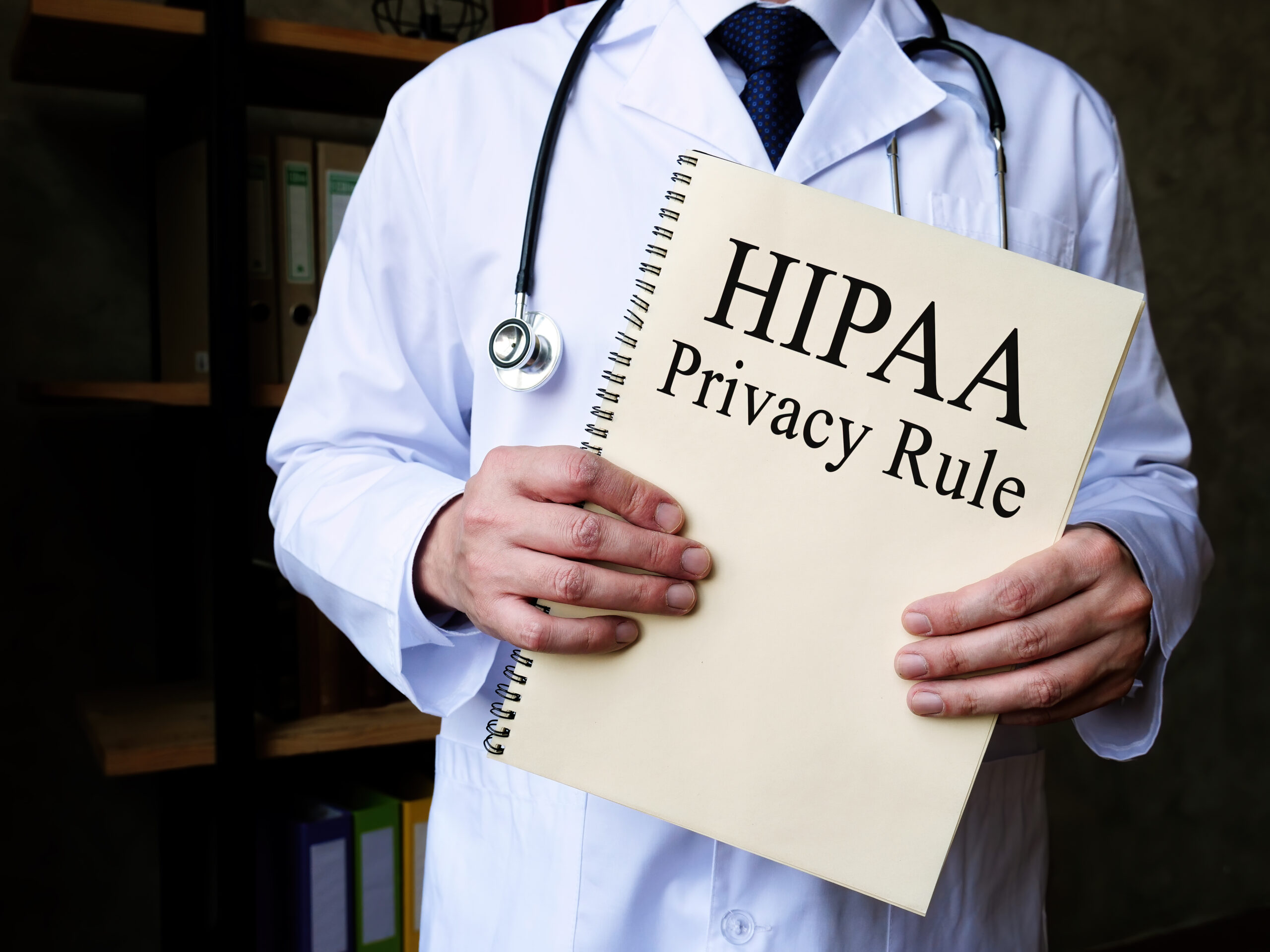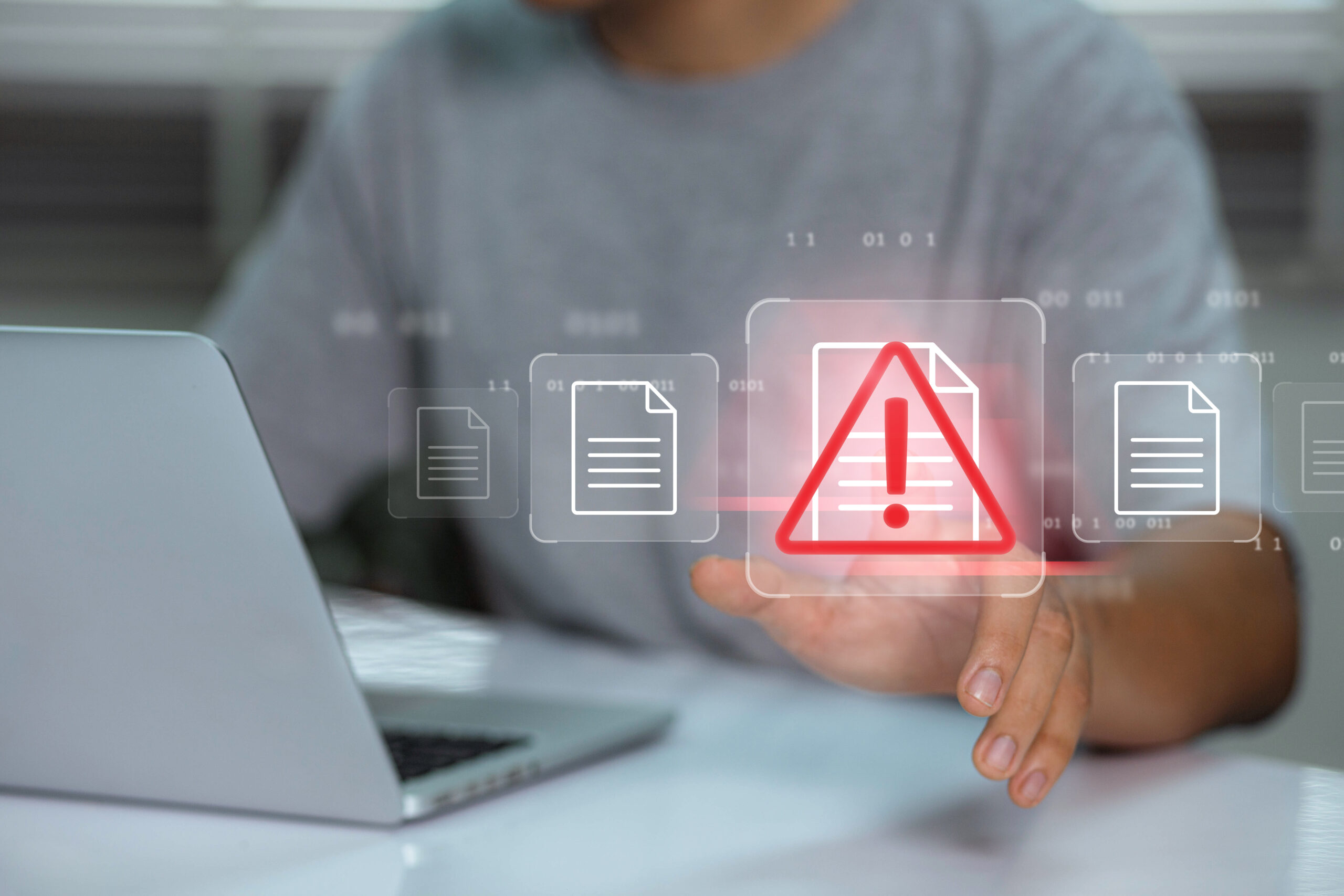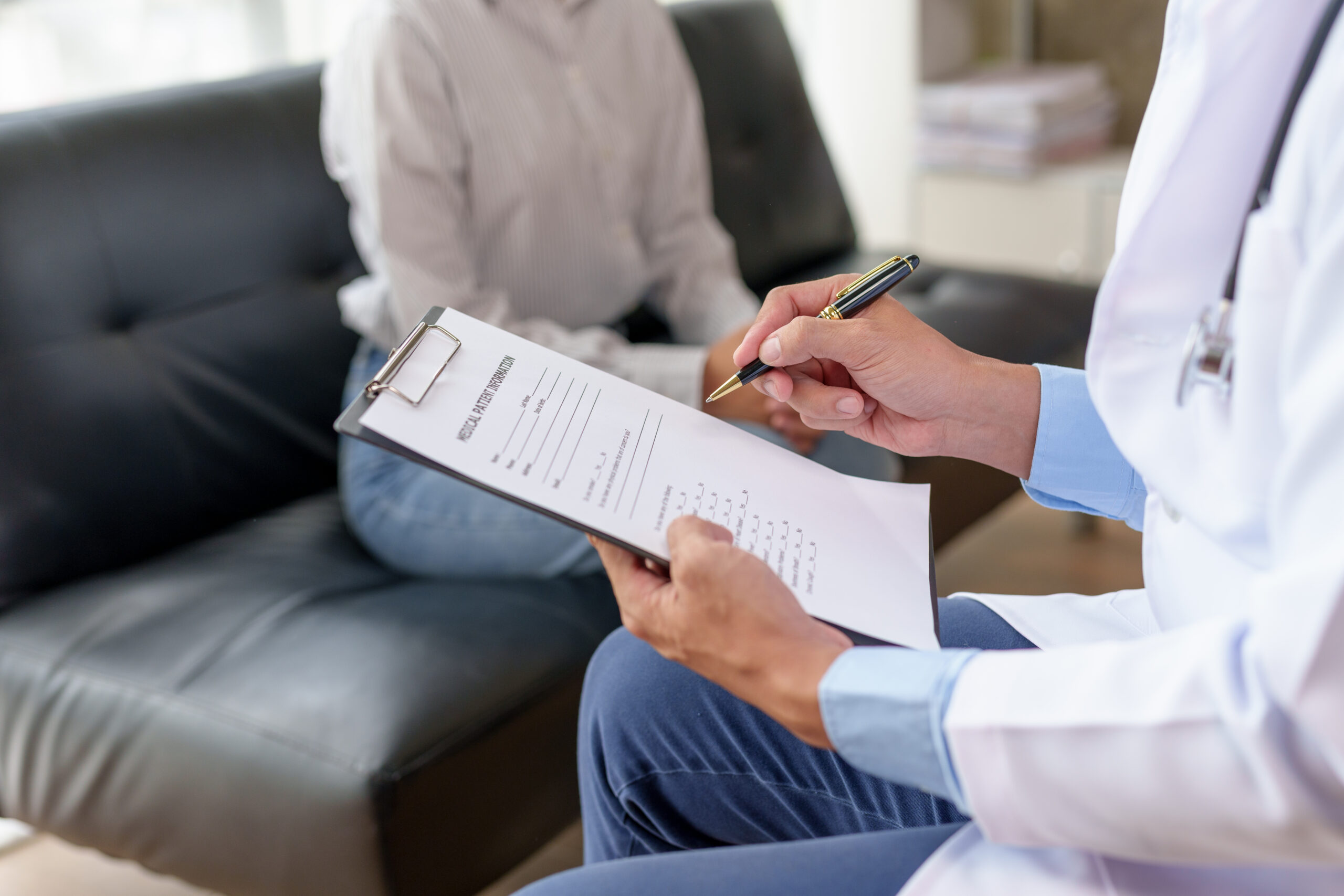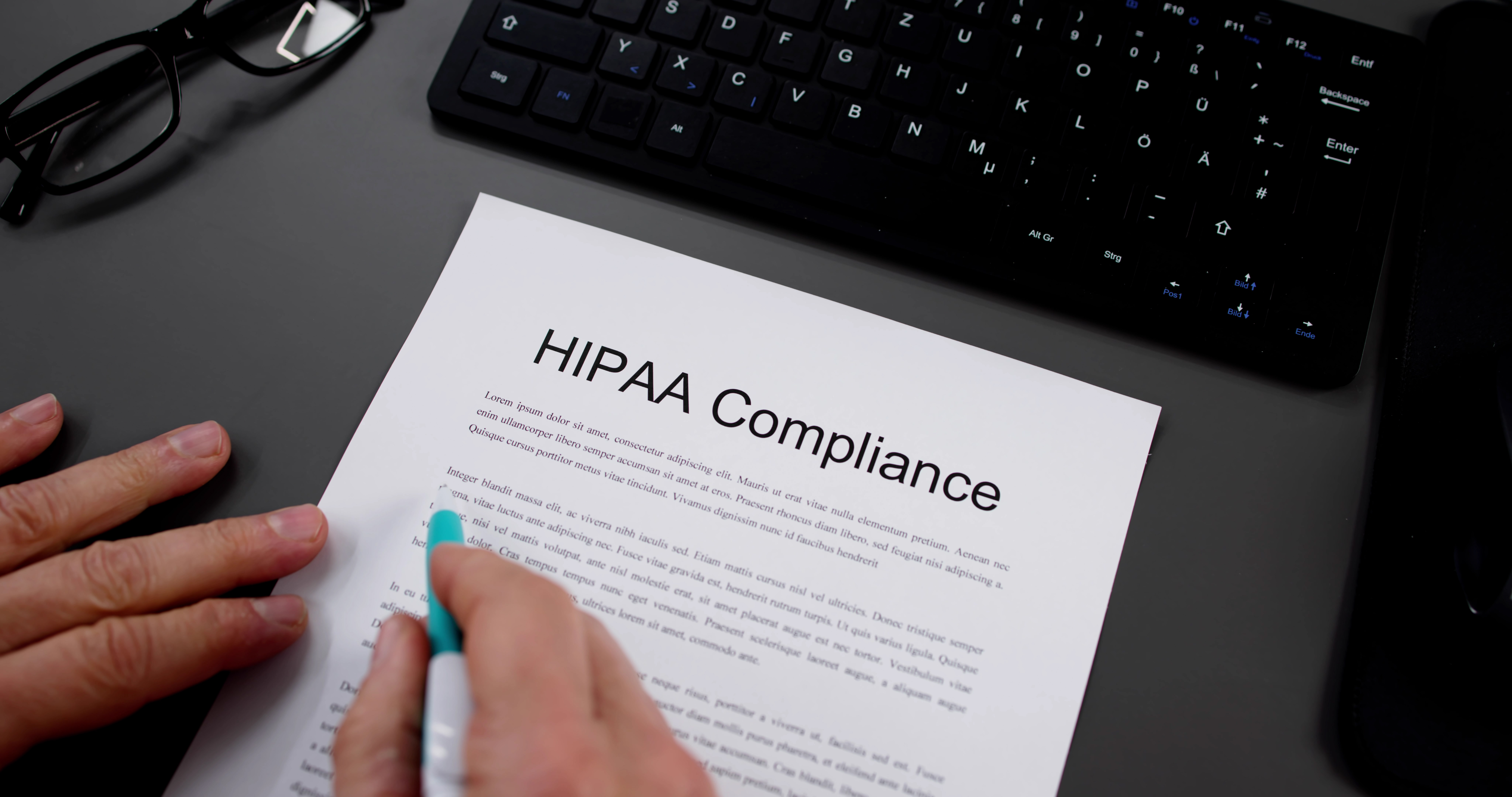Since news of the Coronavirus first hit early 2020, I think we have all been at least a little more cautious at the first sign of a sniffle. When I started to feel what felt like a cold coming on, I paid close attention. I was worried because my husband, an essential worker in the construction industry, had recently been exposed at work. I began discussing my new symptoms with my husband, which now included a low fever with extra fatigue, and he confessed he had been feeling them too. We thought, “No way could these be signs of the Coronavirus, could they?” Just in case, we began to isolate at home.
I expressed my concerns to my employer, Emtrain, who had already sent several COVID-19 awareness communications to our workforce. They encouraged me to stay home and rest while they immediately sprang into action, providing me with information about my rights, just in case I tested positive. Emtrain’s benefits included emergency medical leave that (generously) included a full month’s pay. Additionally, they provided me with documents directing me where to go for disability benefits, paid family leave, and workers’ compensation. I sure was fully prepared in the unlikely event that what I was experiencing was, in fact, COVID-19.
Symptoms Worsen
When I completely lost my sense of smell, my husband and I promptly scheduled Coronavirus tests, since we knew that particular symptom was a unique indicator of COVID-19. As our symptoms continued to worsen, we awaited for the nail-biting results.
While we were waiting, I was cleaning like mad. I was obsessed with providing a sanitary quarantine space. As I was disinfecting the shower with bleach, I started to feel something in my throat, and my eyes started watering as I began to choke, then almost passed out. I could not smell the bleach! The sense of smell is the body’s natural warning system to keep you out of danger, and mine was completely gone. Would I ever get it back? Many survivors do not, or end up with an array of sense of smell disorders. I could lose one of my five senses. I was terrified.
I became sicker than I had ever been, with several odd symptoms I hadn’t experienced before, including muscle and joint aches, the likes of which I never knew existed. My husband was sicker than I was, so I had to be the one taking care of both of us in our little isolation room.
My husband was becoming so ill and lethargic I could barely pour him into the car to get him to the urgent care facility. Mind you, no one else could drive him because now we were 99% confident that we both had contracted the Coronavirus and didn’t want to take the chance of infecting anyone else. Still, no results. After listening to his lungs, the doctor at Urgent Care determined that his lungs were “clear,” so we took him back home to rest.
Once home, I was so sick I could not take care of myself, let alone my husband. Lucky for us, but unlucky for our 22-year-old daughter who had just graduated from college and moved back home, she became the “chosen one” to take care of us. She made all of our meals and took care of our every need while running our home like a hospital, donning masks and gloves the entire time, just in case we, in fact, did have the Coronavirus.
The Results and the ER
Finally, we got our results back. We both tested positive for COVID-19. I was so worried my daughter would contract the virus as well. I emailed Emtrain to let them know that I would need to activate their paid Emergency Medical Leave. They swiftly took care of the paperwork for me and let me know they were there if I needed anything. I was in such an emotional state; I cannot tell you what a relief it was knowing that my job was secure and taken care of. Now I could focus on getting better.
My husband was now barely opening his eyes, unable to stay awake. Somehow, I mustered up the energy to drive him to the ER, being careful not to expose anyone to our sickness in the process. They admitted him, and I kissed him goodbye, not knowing if or when I would see him again, then just sat in my car and cried, terrified of what the immediate future would bring to our family.
Once back home in my quarantine room, all alone, I continued to get sicker but had my daughter, the best “home nurse” in town, there to care for me from the next room. I could hear her sobbing through the walls as she listened in on my conversations I was having with the doctors via video chat. First, my husband was on oxygen, then he needed more oxygen, then they wanted to put him on a ventilator. He was diagnosed with diabetes, acute kidney injury, severe sepsis and severe double pneumonia. He was put on Remdesivir for five days, steroids, and other treatments. They wanted to do a new trial on him, and we had to decide if we wanted to give him drugs that may harm him further. It was rough. I needed a hug from my daughter, who was close enough that I could practically touch her, and love from my family and friends but was confined to my room, facing the most frightening news and updates ever about the love of my life.
While I had a moderate case of COVID-19, I was advocating for my husband with a severe case of COVID-19. I was researching whatever I could get my hands on about all of his diagnoses, with what felt like “half a brain,” gobbling up as much knowledge as possible to make the most informed decisions. I just wanted to get my husband back home to me safely. At the same time, I had to research disability rights for my husband to make sure his income would be there for our family of 4 while he was out for what I feared might be a lengthy recovery. The emotional stress was immense, impacting my own physical recovery, I am sure.
Coming Home
My husband was discharged from the hospital after 5 days, and we continued isolation at home for the duration advised by his doctors. It was clear to me when he came home that I would need to exercise my state’s social security Paid Family Leave benefits so I could take care of my husband through the rehabilitation process. Since I was still recovering from COVID-19 myself, it took every ounce of brain energy to deal with such matters and I was thankful that Emtrain already had it in place for me.
Today, my husband is healing, but COVID-19 has taken a toll. After enduring what he just went through, there are inevitably long-lasting effects. His body is recovering from not only the nasty virus but from severe sepsis and pneumonia. He has lost 40 pounds so far. He is on a healthy diet and exercising when his body allows him to do so, as not to push himself, but he gets fatigued very quickly.
Coming Out with Covid-19
I wanted to share our Coronavirus story on social media, and to whoever would listen. I knew as soon as I went “public” with it, there would be people that would be supportive of it, learn from it and share it, but there would also be people that would judge, make it political, not believe it, and not want to be near us, for who knows how long. We have had to defend ourselves: our mask-wearing decisions, where and when we walked out our doors, and our political or lack-of-political stance. There are whispers behind our backs that we hear about from others. But we do not care. What we do care about is that people hear the truth about our journey and learn what they can from it.
We want people to understand that you take a gamble in every decision you make during this pandemic. Understand that you are making a calculated decision based on the facts you have learned about staying safe. Since going public, we have had people who have tested positive reach out to us privately, afraid to let others know, and seeking advice. Our advice to them and anyone diagnosed is to share their story. The more people share, the less stigma is associated with it, minimizing the psychological and emotional toll that Coronavirus survivors may be enduring. A large percentage of survivors are still experiencing ongoing effects even after being no longer contagious. This subset has been dubbed “Long Haulers” by themselves and the media. Support groups like the Long Covid Support Facebook group, (exclusively for people who have or had COVID-19 and their caregivers) with 20,000 plus members strong and counting, are springing up worldwide to help the long-haulers cope and access the resources and support they need.
What Do We Know About COVID-19?
COVID-19 is a virus. The cold is a virus, the flu is a virus, but so are Ebola and HIV. In my opinion, COVID-19 lies somewhere in-between on a sliding scale, with people reacting differently based on a number of factors. One thing we should all agree upon is that we do not know everything about it. As new information and science come in, our perspectives and beliefs should be changing and adapting along with them. For those who think that only people with pre-existing conditions suffer from the Coronavirus, it sure wasn’t true in my case. I suffered, my husband suffered, our children suffered, and our friends and family even suffered. How do we all know that we do not have pre-existing medical conditions? My husband did not know he had diabetes until they told him in the hospital. Unfortunately, we do not all have full-body scans and tests on a daily basis to identify whether or not we have pre-existing medical conditions. Everyone can be at risk.
What Can You Do as an Employer or Employee if an Employee or Co-worker Contracts the Virus?
Emtrain reduced the burden and stress of my Covid journey by being proactive and having policies in place before I got sick. I immediately knew what to do because they communicated who to contact and what to do. I was Emtrain’s first and hopefully only case, and I pray that none of my co-workers need the resources Emtrain provided me, but if one of my co-workers falls ill, I can rest assured that Emtrain has that system in place. If I had to deal with the stress of not knowing that my job or income was secure, it most certainly could have affected my recovery process. If you are an employer that does not have a COVID-19 policy and plan of action in place, please view our helpful resources here and get prepared:
- Stay up-to-date on the latest guidelines and legislation both federally and locally, and current medical news regarding COVID-19.
- Be proactive by providing help before, during, and after your employees are exposed.
- Encourage open, respectful, and confidential communication.
I am happy to report that due to my adult children’s diligence in their care for us and themselves, neither tested positive for COVID-19. Their antibody tests came back negative, so they never contracted the virus even while taking care of us. It is possible to thwart the transmission of this virus. Visit the US Centers for Disease Control and Prevention or the World Health Organization to learn more about lessening the spread of COVID-19 and other infectious diseases, and reach out to Emtrain if you or your employer needs help getting prepared.
Stay healthy everyone!










